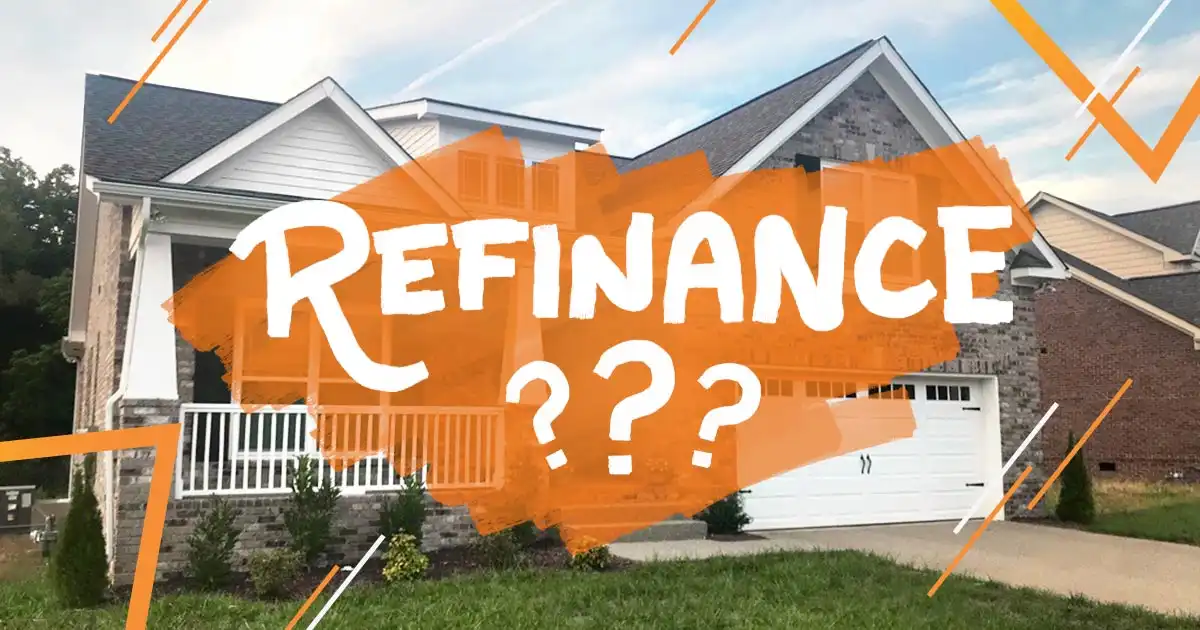
Home Refinancing
Home refinancing is the process of replacing an being mortgage with a new bone , generally with further favorable terms.. Homeowners may choose to refinance for a variety of reasons, including to lower their yearly payments, dock the length of their loan term, or access the equity in their home. In this composition, we’ll explore the sways and outs of home refinancing to help you make an informed decision.
Reasons to Refinance
The most common reasons to refinance a mortgage are to lower yearly payments or dock the loan term. Refinancing can also be used to switch from an malleable- rate mortgage( ARM) to a fixed- rate mortgage, or to consolidate multiple debts into one mortgage payment.
Lower Yearly Payments Refinancing can help homeowners lower their yearly mortgage payments by securing a lower interest rate or extending the loan term. For illustration, if a homeowner has a 30- time mortgage with a 5% interest rate, they may be suitable to refinance to a 30- time mortgage with a3.5 interest rate. This can affect significant savings over the life of the loan.
Dock Loan Term Refinancing to a shorter loan term, similar to a 15- time mortgage, can help homeowners pay off their mortgage briskly and save plutocrats on interest. Still, this generally results in advanced yearly payments.
Switch to a Fixed- Rate Mortgage If a homeowner has an malleable- rate mortgage( ARM), they may want to refinance to a fixed- rate mortgage to lock in a harmonious interest rate and payment quantum. This can give stability and pungency for homeowners who prefer to budget and plan ahead.
Debt connection Homeowners may choose to refinance to consolidate high- interest debts, similar as credit cards or particular loans, into a single, lower- interest mortgage payment. This can help simplify finances and save plutocrats on interest.
How Refinancing Works
The refinancing process is analogous to the process of carrying a mortgage. Homeowners will need to complete an operation, give attestation of their income and means, and pay ending costs. The lender will also conduct a home appraisal to determine the value of the property.
Once the lender approves the refinancing operation, the new mortgage will be used to pay off the mortgage. The terms of the new mortgage, similar to the interest rate and loan term, will be grounded on the borrower’s credit score, income, and other factors.
Pros and Cons of Refinancing
Like any fiscal decision, refinancing has its pros and cons. Some of the benefits of refinancing include
Lower yearly payments
Shorter loan term
Fixed interest rate for stability
connection of debt
Access to equity
still, there are also some downsides to consider, similar as
ending costs and freights
Possible increase in loan term
Implicit for advanced interest rates
threat of dereliction if payments aren’t made
Eventually, homeowners should precisely weigh the pros and cons of refinancing and consult with a fiscal counsel or mortgage professional before making a decision.
Conclusion
Home refinancing can be a useful tool for homeowners looking to lower their yearly payments, dock their loan term, or access the equity in their home. Still, it’s important to precisely consider the pros and cons and consult with a professional before making a decision. With the right strategy and guidance, refinancing can help homeowners achieve their fiscal pretensions and ameliorate their overall fiscal health.








1 thought on “Home Refinancing”